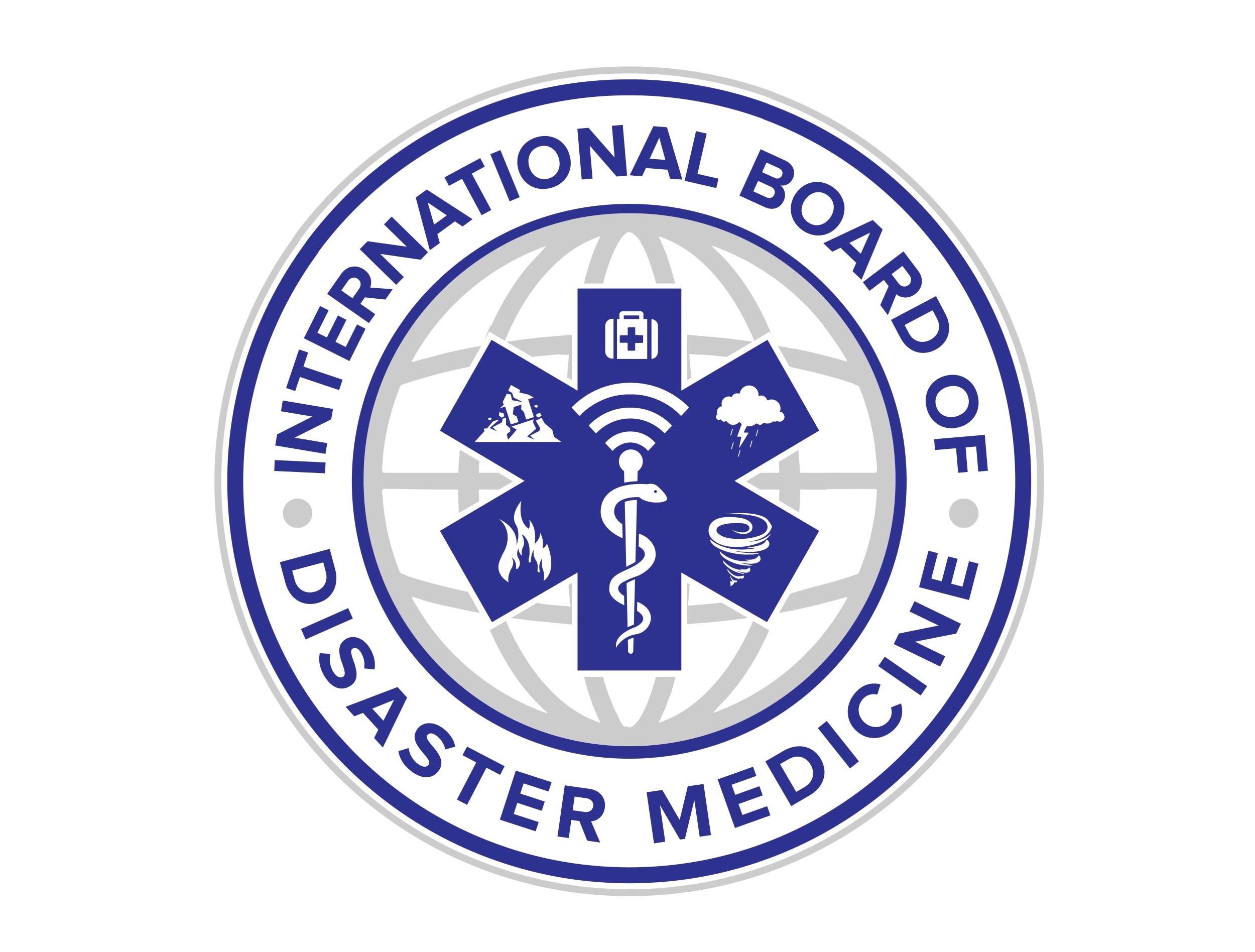Lynchburg Journal of Medical Science
Specialty
Women's Health
Advisor
Dr. Tom Colletti, DHSc, MPAS, PA-C Emeritus, DFAAPA; Dr. Blake Rogers, DMSc, PA-C
Abstract
Endometriosis, the finding of endometrial tissue in areas of the body other than the interior of the uterus, affects about 10% of menstruating women worldwide and is a common reason for dysmenorrhea and infertility. The underlying pathophysiology is not fully known but thought to be mostly due to retrograde menstruation through the oviducts into the abdominopelvic cavity. Other major pathogenic theories include vascular and lymphatic spread and coelomic metaplasia. Patient symptoms may include dysmenorrhea, dyschezia, dyspareunia, pelvic pain, infertility, and fatigue, but patients can also be asymptomatic. Endometriosis is difficult to diagnose, and although it is possible to visualize certain endometriosis lesions with transvaginal ultrasound, magnetic resonance imaging, and computed tomography, the standard for diagnosis remains histological appearance from lesions biopsied during laparoscopy. Management of endometriosis should be individualized and involve a multimodal approach. Treatment may involve analgesics, hormonal medications, non-hormonal medications, lifestyle changes, laparoscopic surgery to remove lesions, or even hysterectomy. The purpose of this clinical review article is to give an overview of the proposed pathophysiology, clinical presentation, diagnostic evaluation, and management of endometriosis.
Recommended Citation
Strawn, Adriane
(2025)
"A Clinical Overview of Endometriosis,"
Lynchburg Journal of Medical Science: Vol. 1:
Iss.
1, Article 6.
DOI: https://doi.org/10.63932/3067-7106.1007
Available at:
https://digitalshowcase.lynchburg.edu/jms/vol1/iss1/6






